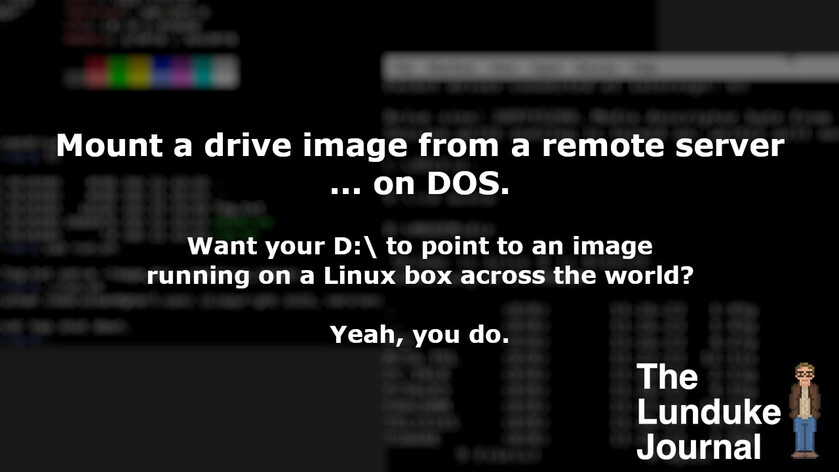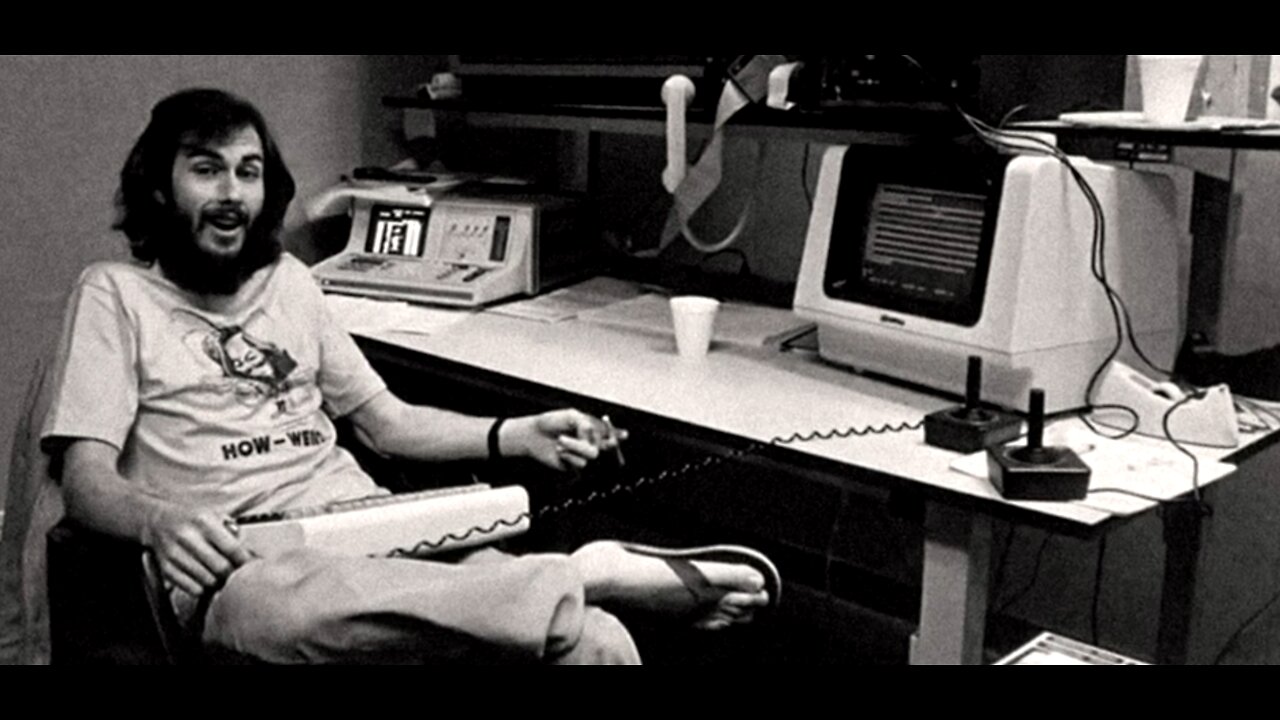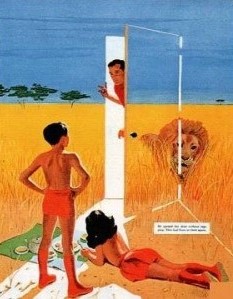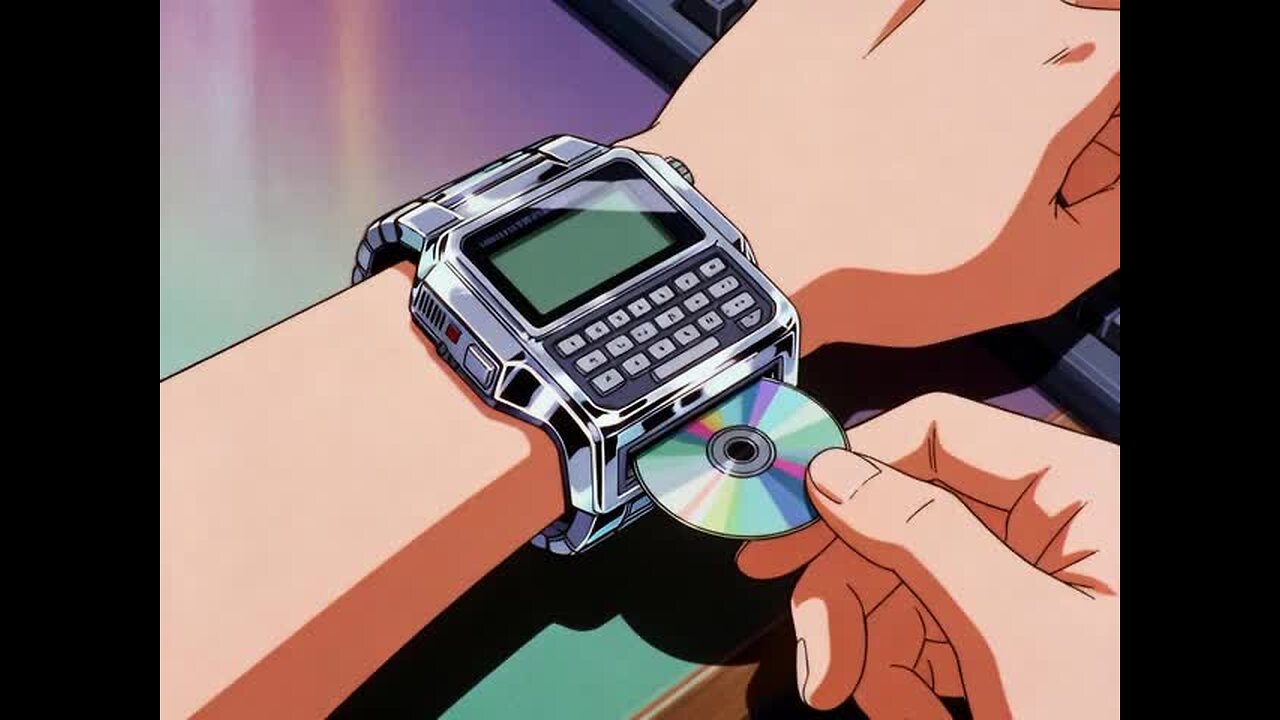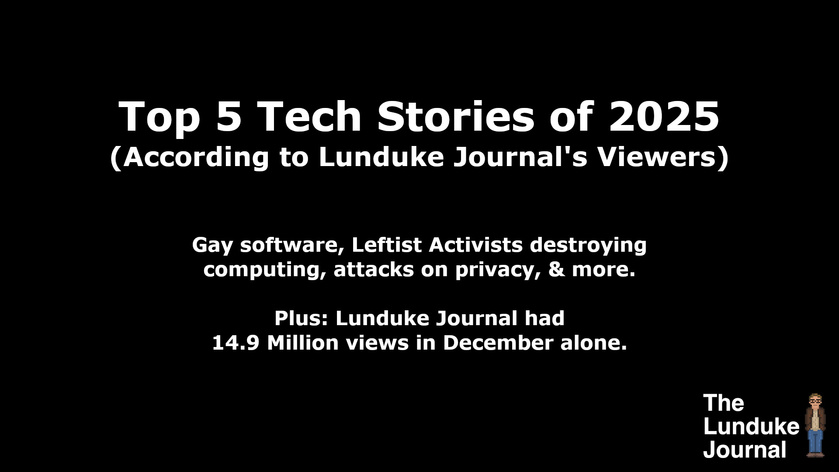I'm a sucker for software which makes aging operating systems more useful. As such, I am absolutely enamored with a new DOS utiltity called "mTCP NetDrive".
What is NetDrive?
"NetDrive is a DOS device driver that allows you to access a remote disk image hosted by another machine as though it was a local device with an assigned drive letter. The remote disk image can be a floppy disk image or a hard drive image."
Yeah. Mount -- read and write -- a drive image remotely (anywhere in the world). From DOS.

mTCP -- a suite of networking tools for DOS (like Ping, a DHCP client, an FTP client, etc.) -- has been around for a long time. The developer, Michael Brutman, has truly done a phenomenal job building and mainting all of those tools.
But NetDrive really turns things up to 11.
- You can place disk image on a server (remote or local) and mount it from any DOS machine. The whole thing uses UDP.
- The DOS driver uses less than 6 KB of RAM. Keeping driver overhead low on DOS machines is important.
- The drive images are simple raw disk images -- which means we can mount and manipulate them easily.
- You can even mount multiple images at once -- from multiple different servers.
Oh! The server is a lightweight application that runs (with no need for root access) on Linux or Windows. Want to host your DOS images on a Raspberry Pi? Yes. You do.
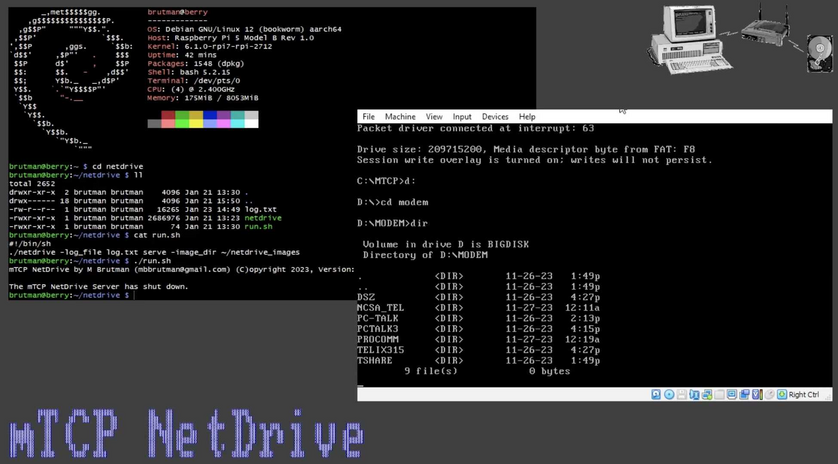
What's more, the local DOS system simply recognizes the mounted drive as a standard hard drive (mounted as a configurable drive letter). Which means that just about any software should work on it without difficulty.
Even disk management and optimization tools, like Norton Utilities, work fantastically.
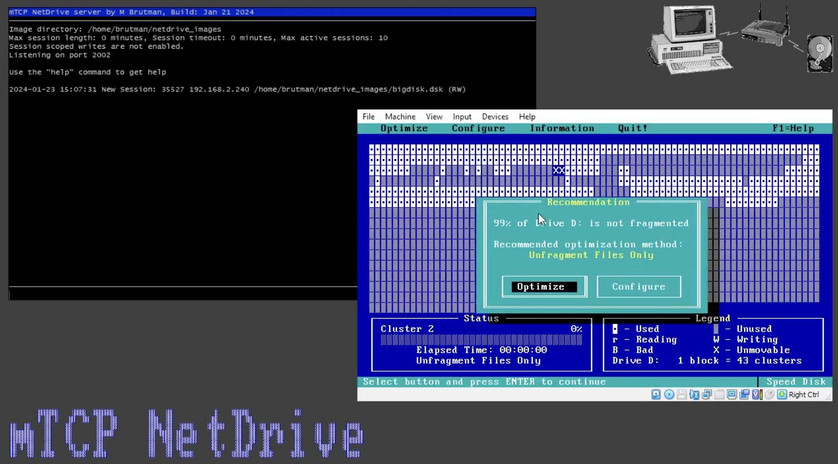
As you can imagine, using NetDrive over the Internet can get a bit pokey. Especially on a less-than-speedy connection. But over a local network? The darn thing runs at a very usable speed.
And -- even with potential speed issues when running on a remote server -- I absolutely love the idea of having a set of DOS drive images which I can mount from anywhere. Heck. I could even share some of those images with friends -- to use as a sort of DOS repository.
The developer has even added features like "undo" and "checkpoints" to make it easy to roll back "woopsies". On a DOS drive image. Mounted on a remote server.
Come on.
That's just nifty.
